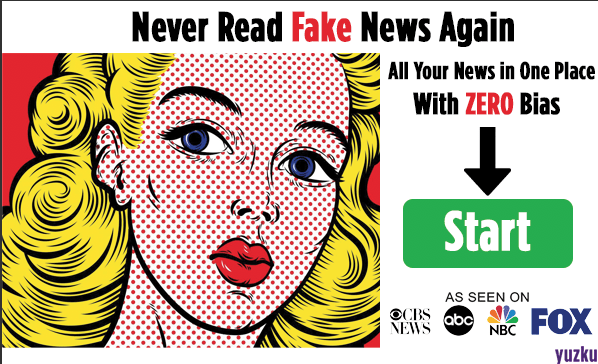New York Times Edits Fake COVID-19 Story

The New York Times stealth-edited a news story about a man who died after attending a COVID party after receiving numerous criticisms. The paper ran a story on July 12 about a man who believed that the coronavirus was a hoax and so he attended a party in the middle of the pandemic. Supposedly, the man got infected after attending the party, and he died regretting his decision.
The story cited Dr. Jane Appleby, the chief medical officer of San Antonio’s Methodist Hospital, who claimed that the man believed that the virus was a hoax, and that’s why he attended the party. The New York Times edited their article to make some changes to it, which would make it seem that they did not fully believe the story. But the original version of the article read like they were able to confirm the whole story, and they were sure of what they were writing about. Now, the article has this sort of disclaimer, “the Times could not independently verify Dr. Appleby’s account. On Monday, the San Antonio health department said its contact tracers did not have any information ‘that would confirm (or deny)’ that such an event had happened there.” Other journalists noticed the discrepancies in the original story. National Review’s Michael Brendan Dougherty wrote a piece about the article. He pointed out that the more one looks at the article, the more unlikely the story becomes. Not only were there no names named, but there was no date mentioned as to when the party might have taken place. That piece of information would have been very crucial in verifying if the gathering really took place or not.
Other journalists also called out ABC, which ran the same story. Writer Jordan Schachtel tweeted how ABC’s story was not adding up at all. “No evidence of widespread ‘COVID parties’ Anonymous 30-year-old, who is quoted as saying he first believed the virus was a hoax, is not named. No evidence this person is real,” Schachtel tweeted.
No evidence of widespread "COVID parties"
— Jordan Schachtel (@JordanSchachtel) July 13, 2020
Anonymous 30 year old, who is quoted as saying he first believed virus was a hoax, is not named. No evidence this person is real
The only hoaxes in this story are the several false narratives being spread by ABC.https://t.co/mfL5vYrYvW
This is the mark of leftist journalism now. Media organizations publish stories that push their own narrative without checking first if the stories are true or not. When they are called out, or the story is disproven, they just edit the story silently and pretend nothing happened.



 RSS
RSS
